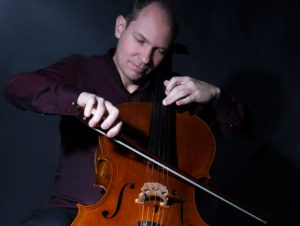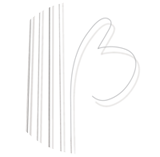Magazine INSIDE HIGHLIGHTS SALZBURG FESTIVAL – Interview: Erika Pichler

IN: You wanted the 5-string cello – realising what the implications would be?
MMB: This is not simply a 4-string cello with a fifth string; it is an absolutely new design of instrument. I didn’t imagine the adjustment would be quite so dramatic.
IN: How long did it take you to adjust?
MMB: I got the cello in October 2007, and four weeks later I performed Bach’s cello suites in Salzburg Cathedral. Before that, I had practised on the 4-string cello imagining the A-string as the fifth string, so to speak. However, in the end it took me three years before I really felt comfortable. Now I find it hard to play a 4-string cello.
IN: What additional benefit does the fifth string bring? What’s so special about it?
MMB: The five strings give the cello a wider tonal range and variety of modulation. The E-string gives the instrument a very warm sound, rich in harmonics, which carries well in a concert hall. I was even able to perform the Gulda Cello Concerto without amplification. A further feature is the 5-octave playable range.
IN: What demands does such a special instrument make on you as a musician?
MMB: It demands a different style of playing, and openness for new, unprecedented sounds. The fingerboard is broader and slightly flatter. I use more barré, and the wider bridge for the five strings means that my bowing has to make very precise contact on each string.
IN: You’ve already recorded the Bach cello suites on this instrument?
MMB: J.S.Bach composed the 6th Suite especially for a 5-string instrument – probably, at the time, a violoncello piccolo. The idea of recording all six suites on my 5-string cello really appealed to me, and it gave me enormous pleasure to bring this new sound to bear in these works.
IN: How do you see the future of the 5-string cello? Is it conceivable that in 50 years the 5-string instrument will be the norm?
MMB: As far as I’m concerned, the fifth string simply belongs to the cello. This is my personal opinion. I can only assume why there was no further development of the 5-string instrument. The cello was originally intended only for basso continuo, but then it was liberated and also given melodies to play. Then came the Bach suites, and Boccherini, with his fanciful, galant, virtuoso music. There, as I see it, the development stopped. I think that in 20 years there will be a great many 5-string cellos, and in 50 years that will be the norm.
IN: Are there still moments when you’d be ready to exchange this cello for a master cello – a Stradivarius, say.
MMB: I wouldn’t exchange it for any Strad unless it had a fifth string!

